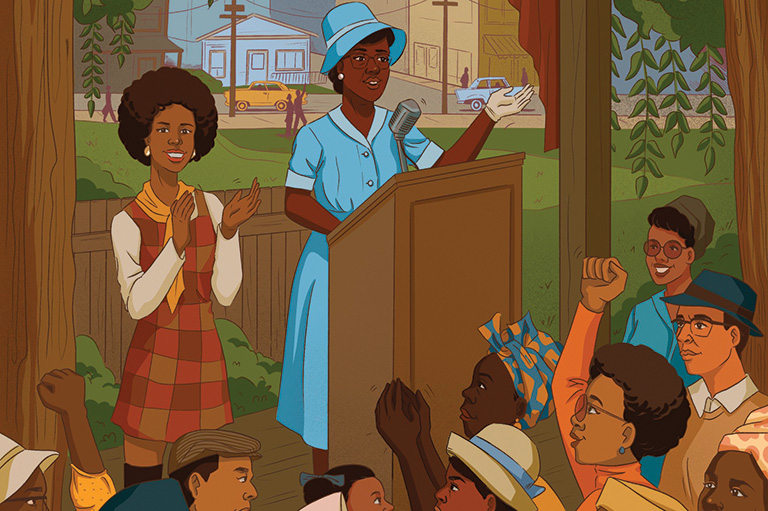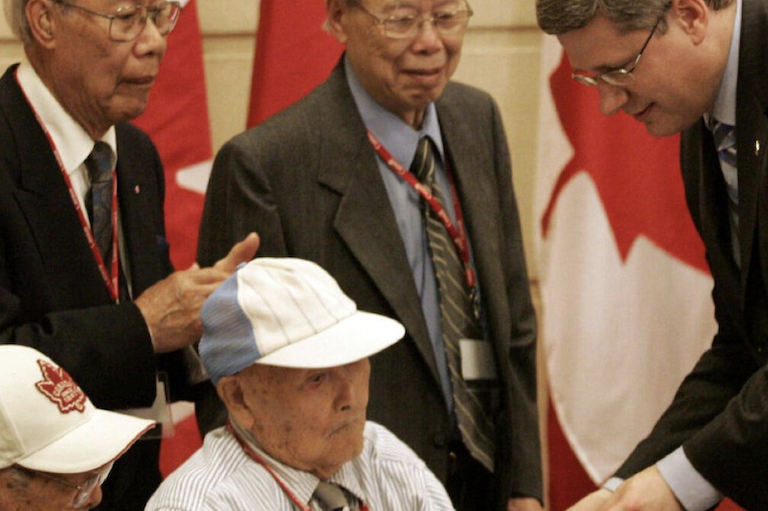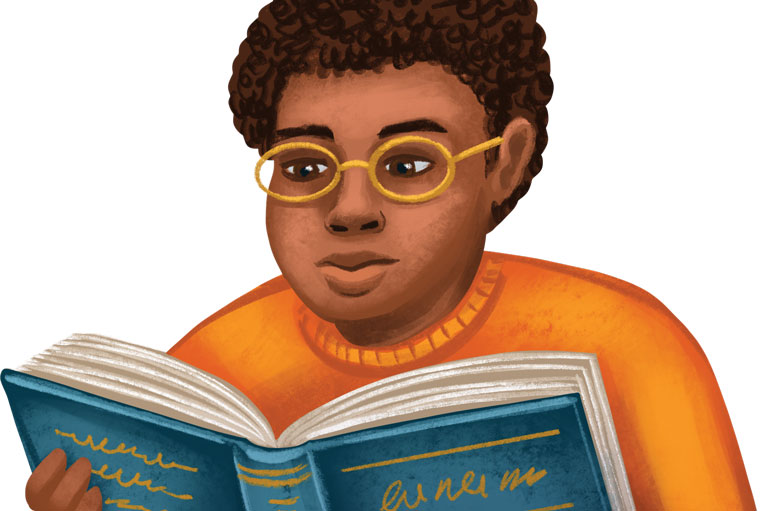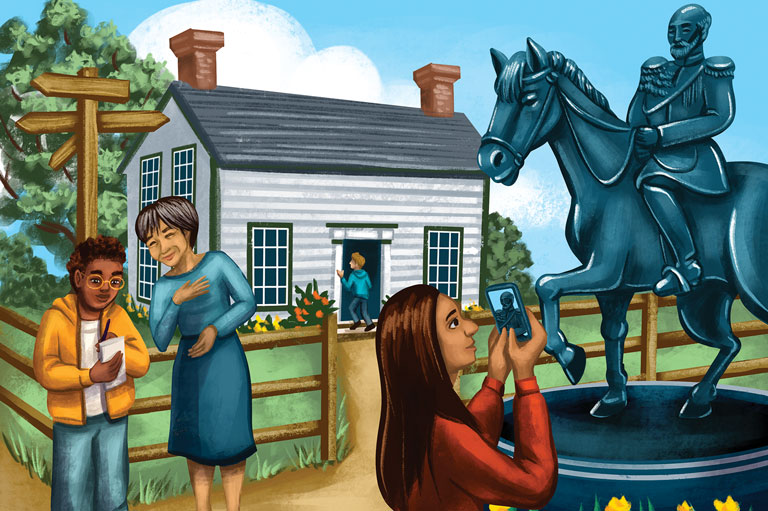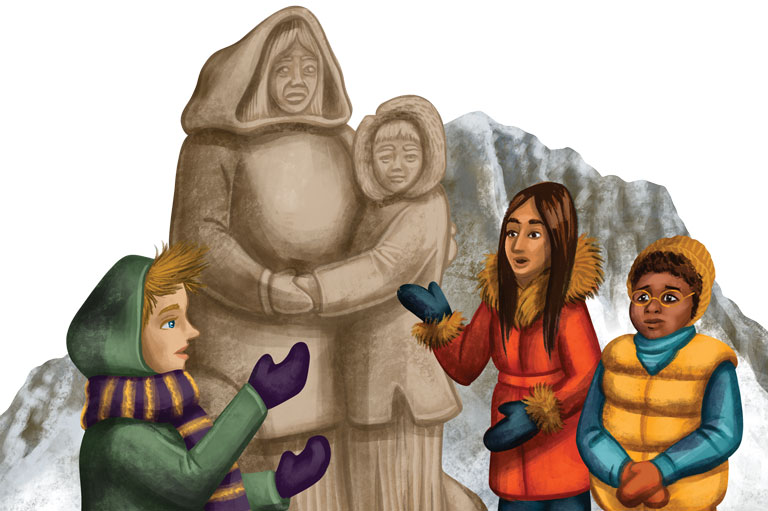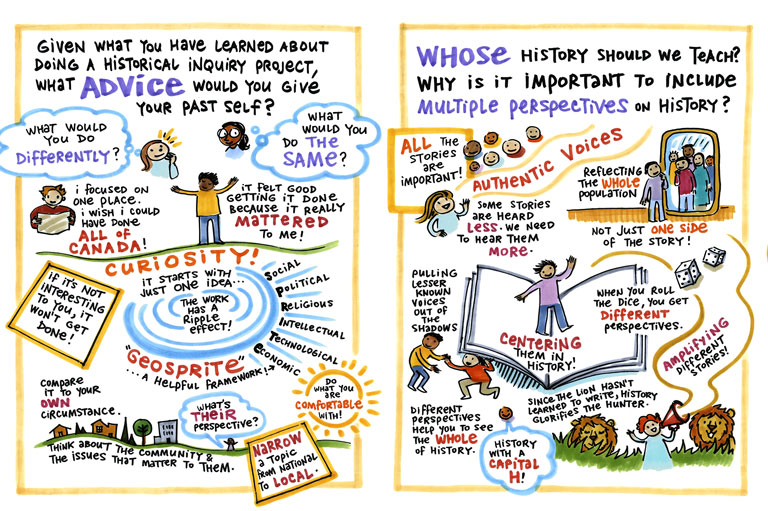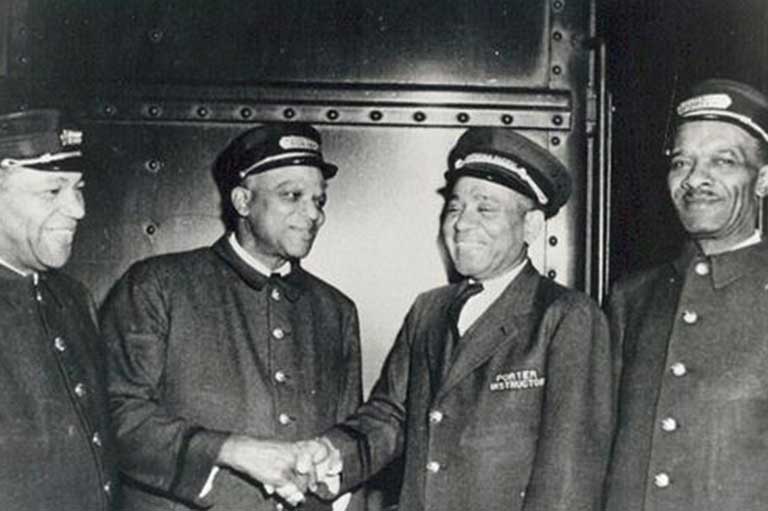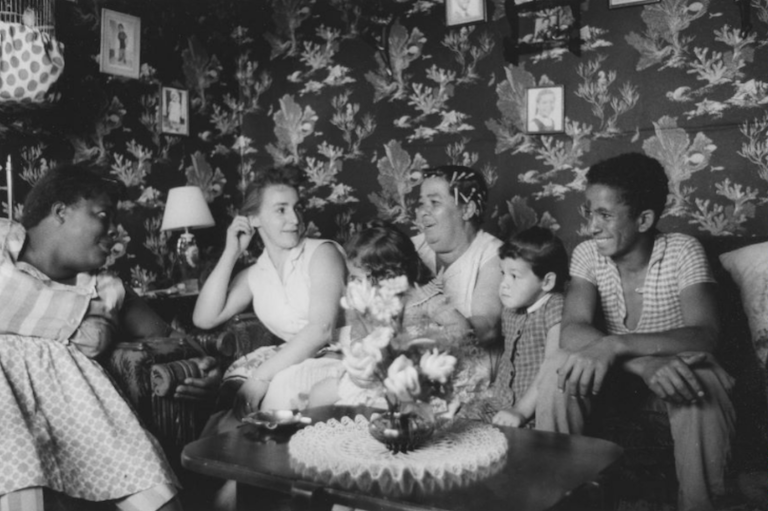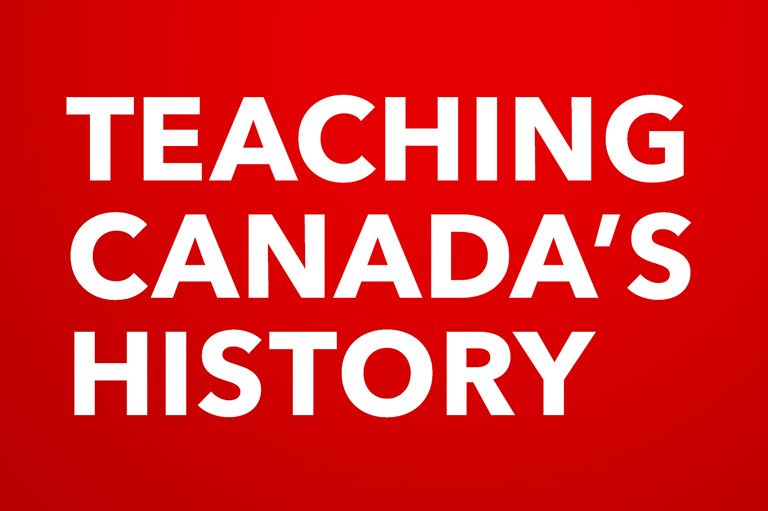FREE print copies for classrooms
Sign up to receive your FREE class sets of Kayak! Two issues are available — “Crafts in Canada” and “Black History in Canada.” PLUS you’ll have access to free lesson plans and resources. Kayak is aimed at grades 2–7.
DISCOVER HERITAGE FAIRS
Through the Heritage Fair program, students learn and share the stories that matter to them in an immersive, hands-on environment.
Founded in 1993, Heritage Fairs are now held in every province and territory of Canada. Each year, approximately 50,000 students carry out research projects in the classroom.
Learn how you can bring Heritage Fairs into your classroom and inspire the next generation of learners, thinkers, and leaders. Learn more

Nominations for the Governor General's History Award for Excellence in Teaching are accepted all year round.
From the Canada's History Forum
Teaching Black History in Canada
With 7 uniquely curated newsletters to choose from, we have something for everyone.


